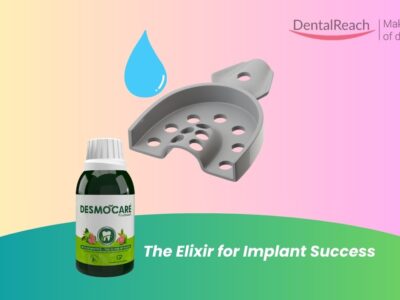In temporomandibular joint (TMJ) disorders, arthrocentesis has emerged as a minimally invasive procedure to alleviate pain and improve joint function. However, the success of this procedure heavily relies on precise needle placement. Recent advancements in imaging technology have provided an opportunity to refine this technique further. A recent study at Istanbul Medipol Mega University Hospital seeks to determine the optimal needle depth for TMJ arthrocentesis using MRI.
Materials and Methods
The study undertook a retrospective analysis of 264 TMJ MRIs from 132 patients. The primary objective was to measure distances from the skin surface to the joint capsules at various needle entry points using T2-weighted MRI sequences. This approach allowed for accurate visualization and measurement, ensuring that data collected were both reliable and relevant.
The double puncture technique was employed in this study, which involves two separate needle insertions: one for lavage and another for medication administration or further diagnostic purposes. Ethical considerations were meticulously observed, with all necessary approvals obtained prior to data collection.
Results
The findings of this comprehensive analysis are both intriguing and vital for clinical practice:
- Gender-Related Variations: The study found significant differences in needle depths between genders, with females exhibiting shorter distances than males (p<0.05). This suggests that gender-specific anatomical variations should be taken into account when performing TMJ arthrocentesis.
- Condylar Angles: Interestingly, no significant differences were noted in condylar angles between genders. This indicates that while depth varies by gender, the angular orientation of the condyle remains relatively consistent across male and female patients.
- Age-Related Anatomical Changes: An inverse correlation was observed between age and condylar angle, suggesting that aging may lead to anatomical changes within the TMJ region. These findings highlight the importance of considering patient age during pre-procedural planning.
- Optimal Needle Depth: Perhaps the most critical outcome of this study is the identification of a 20 mm needle depth as being safer and more effective compared to the previously recommended 25 mm depth. This revised measurement promises to enhance procedural safety by reducing risks associated with deeper insertions.
Conclusion
This groundbreaking study emphasizes the need for revising standard practices in TMJ arthrocentesis by advocating for a reduced needle depth of 20 mm. Such adjustments not only cater to demographic variations but also significantly enhance procedural safety and efficacy.
By incorporating these findings into clinical practice, healthcare providers can ensure better patient outcomes through more precise and individualized treatment approaches. As we continue to leverage advanced imaging technologies like MRI, our ability to fine-tune medical procedures will undoubtedly improve, paving the way for safer and more effective treatments across various fields of medicine.




















Comments